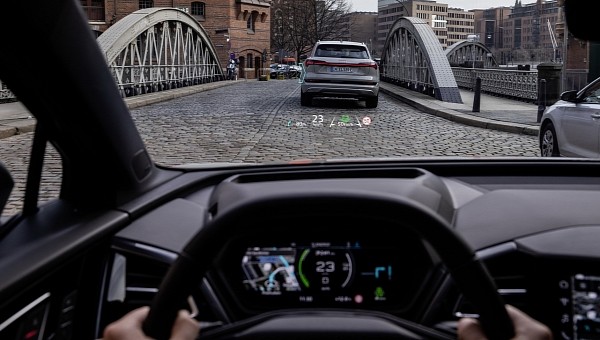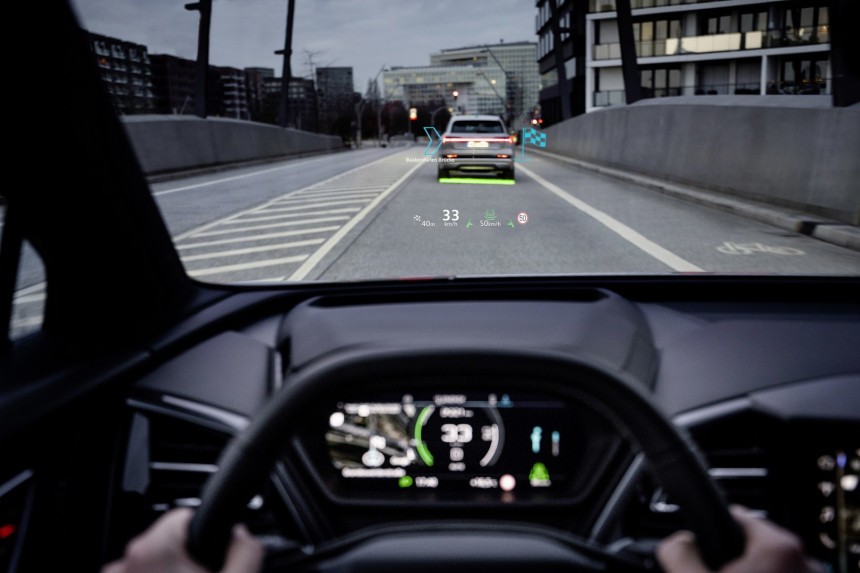Before we even had electronic or digital instrument cluster panels, cars used to feature strictly analog dials, and their necessity was quite undeniable. Throughout history, drivers have always needed to know how fast they were going, how much fuel there was in the tank, plus a lot of other information regarding oil levels, engine rpm, distance traveled, and so on.
In order to understand where we’re going, we must first look at where we are and how we got here, which means you’re about to embark on a crash course regarding the very history of automotive gauge clusters.
This might sound counterintuitive, but electronic instrument clusters have been around since the 1970s, courtesy of carmakers such as General Motors, Ford, Renault, plus a few others. However, we need to go all the way back to 1902 in order to find the first application of an in-vehicle instrument, which was, of course, the speedometer. Up until then, drivers usually had to estimate how fast they were going.
After the speed-o came the temperature gauge, and later we’d see more instruments combined into a single panel (radiator temperature, fuel gauge, rpm counter, etc). That setup didn’t change much until relatively recently, when reconfigurable digital displays started becoming the new norm. Otherwise, in terms of information, you wouldn’t have seen a great deal more stuff behind the steering wheel of, say, a 2005 Mustang (trip computer aside) than you would on a first-generation Mustang.
Anyway, cars nowadays come with really advanced dashboard designs, some using massive all-in-one displays, while others break them down into sections, but the common denominator always seems to be “bigger is better” in terms of screen size.
Professional Opinion Alert: Most of that stuff is useless. I mean, don't you think so? Tesla actually got it right with the Model 3 dashboard, clearing everything out in favor of a large display in the center of the dash. Yes, that led to further complications because now the driver needs to keep checking the center screen for information, but the idea itself was good to begin with. The only thing that was missing was the addition of a head-up display unit.
Which brings us to my next point, being that head-up displays (HUDs) are about to render digital gauge clusters obsolete. This is not me guessing. They already are obsolete, because if we’re strictly talking about vital information, you can fit that into the HUD without making the bottom of your windscreen feel too cluttered.
You definitely don’t want your line of sight obscured by some ultra-detailed infotainment function like Maps or Audio, at least not when you’re in full control of the vehicle. If it’s on Autopilot or it’s fully autonomous, then sure, I reckon HUD systems could be expanded a great deal. Otherwise, I’m a big fan of keeping the projection relatively small, depicting your speed and two or three other things tops.
Now, there have been talks about expanding Night Vision information and how it can be displayed via the HUD on a car’s windshield. We haven’t seen anything quite groundbreaking yet as far as this is concerned, although in the future, we just might.
To be fair, Mercedes has already introduced an Augmented Reality-based HUD system, but we’re still a long ways away from “augmenting” the entire windshield in a smart, safe, and ergonomic manner. This is where we need to be careful as an industry, because a person should not be bombarded with too much information at once while driving – our brains are already processing a lot when we’re behind the wheel.
As for where this leaves functions such as navigation, connectivity, audio, car settings, and so on, those will likely always remain on some type of dashboard-mounted display, which is perfectly fine as long as it doesn’t interfere with our line of vision.
This might sound counterintuitive, but electronic instrument clusters have been around since the 1970s, courtesy of carmakers such as General Motors, Ford, Renault, plus a few others. However, we need to go all the way back to 1902 in order to find the first application of an in-vehicle instrument, which was, of course, the speedometer. Up until then, drivers usually had to estimate how fast they were going.
After the speed-o came the temperature gauge, and later we’d see more instruments combined into a single panel (radiator temperature, fuel gauge, rpm counter, etc). That setup didn’t change much until relatively recently, when reconfigurable digital displays started becoming the new norm. Otherwise, in terms of information, you wouldn’t have seen a great deal more stuff behind the steering wheel of, say, a 2005 Mustang (trip computer aside) than you would on a first-generation Mustang.
Professional Opinion Alert: Most of that stuff is useless. I mean, don't you think so? Tesla actually got it right with the Model 3 dashboard, clearing everything out in favor of a large display in the center of the dash. Yes, that led to further complications because now the driver needs to keep checking the center screen for information, but the idea itself was good to begin with. The only thing that was missing was the addition of a head-up display unit.
Which brings us to my next point, being that head-up displays (HUDs) are about to render digital gauge clusters obsolete. This is not me guessing. They already are obsolete, because if we’re strictly talking about vital information, you can fit that into the HUD without making the bottom of your windscreen feel too cluttered.
You definitely don’t want your line of sight obscured by some ultra-detailed infotainment function like Maps or Audio, at least not when you’re in full control of the vehicle. If it’s on Autopilot or it’s fully autonomous, then sure, I reckon HUD systems could be expanded a great deal. Otherwise, I’m a big fan of keeping the projection relatively small, depicting your speed and two or three other things tops.
To be fair, Mercedes has already introduced an Augmented Reality-based HUD system, but we’re still a long ways away from “augmenting” the entire windshield in a smart, safe, and ergonomic manner. This is where we need to be careful as an industry, because a person should not be bombarded with too much information at once while driving – our brains are already processing a lot when we’re behind the wheel.
As for where this leaves functions such as navigation, connectivity, audio, car settings, and so on, those will likely always remain on some type of dashboard-mounted display, which is perfectly fine as long as it doesn’t interfere with our line of vision.








